In 2018 Haroldo Barbosa visited São Luís do Maranhão and wrote about his time in bit autônomo. He wrote “a mix of chronicle, logbook and unorthodox tourist itinerary” that will guide our next steps around the island.
Author: Haroldo Barbosa
Original here.
Leia em português. Auf deutsch lesen.
The Bois
One of the best ways to get to know a city, a region, is through its local music. Preferably the one exhibited and on display in the middle of the street, in the squares. São Luís has a very strong culture, with an emphasis on reggae music and, of course, Bumba-meu-boi, a folkloric dance and style of music which is accompanied by a dancer dressed as an ox (or boi in Portuguese).
On Praça Deodoro you’ll find a plethora of street vendors, many of them with a sound box, a laptop and several Boi records on their hard drives. They magically pass them to your flash drive for two, three or five reais. Boi da Maioba, Boi de Axixá, Boi de Santa Fé and the famous Boi de Maracanã (Batalhão de Ouro). The Bois have different accents (styles), which are defined by their forms, clothing, instruments: orchestra, baixada, use of the back of the hand, matraca… The one I liked the most was the Boi de matraca. Bumba-boi, like carimbó, samba and capoeira, was once persecuted for being something that belonged to Black people, to mixed people, to the rabble. Today it is part of the Intangible Cultural Heritage of Humanity.
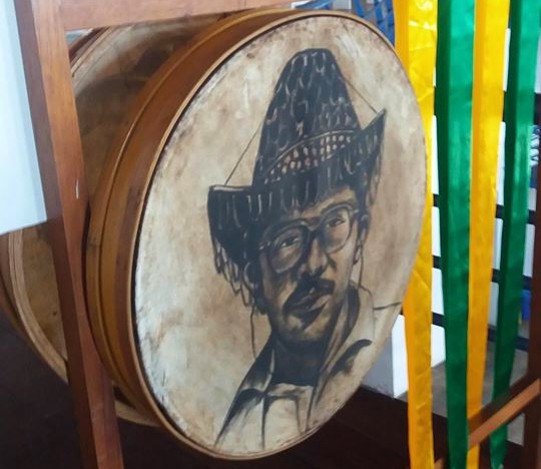
In the city’s historical centre, on the pavement in front of Faustina’s Bar (shoutout to Mr Luís), I saw the Boi de Santa Fé. A contagious rhythm and a girl with a feathered caboclo costume that, despite the feathers, weighs a lot. She danced for hours. At midnight, when they got off the stage, they continued playing music until the buses and trucks drove again, and back to their home neighbourhoods. Another shot of tiquira liquor and I would have gone along with them.
On Maria Aragão square, after a performance by Nando Cordel, I saw the unforgettable Batalhão de Maracanã (or Maracanã Battalion). The ground was shaking. If you still know and haven’t heard these Bois and guys like Coxinho, Humberto de Maracanã, Mestre Zé Olhinho and others, remedy this shortcoming as soon as possible.
An addendum: in my immense ignorance, I did not know the album Bandeira de Aço. After I passed through Deodoro Square, Bandeira de Aço almost never left my headphones during my stay in São Luís. At first, I thought the compositions were by Papete (who sings), They’re not. I got glued to the enigmatic lyrics of songs like “Bandeira de Aço” and “Flor do Mal”. One verse really got to me: “Me and my banana tree, two flags of evil”. Well, thanks to my friend Ricarte, on that day at the Maria Aragão square, I was introduced to César Teixeira, the composer of both songs. I had no doubts and asked him about the verse. The explanation started with “have you ever noticed that banana trees smell like women’s genitalia?” I was shocked. I still am today. César Teixeira, one of the greats of regional and universal music. Accessible and patient. At least he was with me that day.
A tipp: If you go to São Luís, try to go in June, when the Bois perform during the yearly June Festivals. As Parahyba Kid Medeiros says, the best Boi-play is not vaquejada (a race in which cowboys, or vaqueiros, pursue a bull on horseback). It’s Bumba-meu-boi!
Casa das Minas
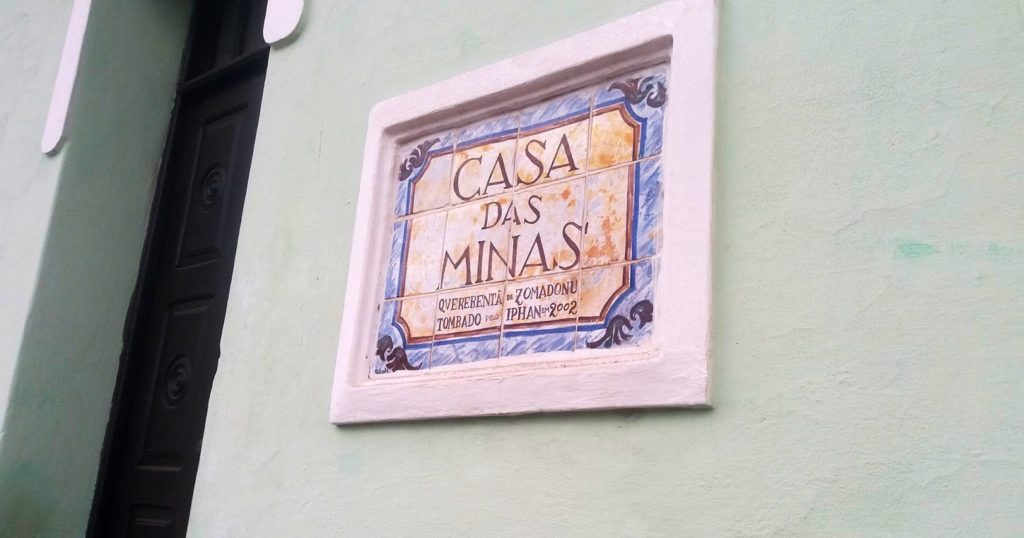
It was Saturday. As I went by bus, the advice I got was to get off at Socorrão station and walk on Rua de São Pantaleão. I looked for something flashy, and yet, nothing. I finally found a big green house with a discreet glazed tile plate. Disappointment. Most of the windows and doors were closed. Until then I was somehow thinking that I was going to a museum. I looked around and finally found an open door. I didn’t see a bell. I clapped my hands, called out. Nothing. Then I went in. A young woman came out from a sort of corridor and asked: “Have you come to visit? -Yes – Go that way”.
I proceeded to a kitchen with a veranda. On the floor, a wood fire with a boiling cauldron. A very nice lady appeared and immediately explained: what’s boiling in the pot is not religious “duty food” (food cooked in Afro-Brazilian religions to honour entities), it’s just a mocotó, a stew made from cow’s feet, beans and vegetables, to welcome her daughter and some friends.
And as if she had known me for years, she starts to tell me the story of the Casa das Minas, which goes something like this: “Founded in the middle of the 19th century by an African woman called Maria Jesuína, who came to Brazil as a slave and who, according to Pierre Verger, was in fact Queen Nã Agontimé, wife of King Agonglô of Daomé and mother of King Guezô. In the oldest document known about the Casa das Minas, the deed to the corner building dates from 1847, and is in the name of Maria Jesuína and her companions, who, according to reports, were Africans”.
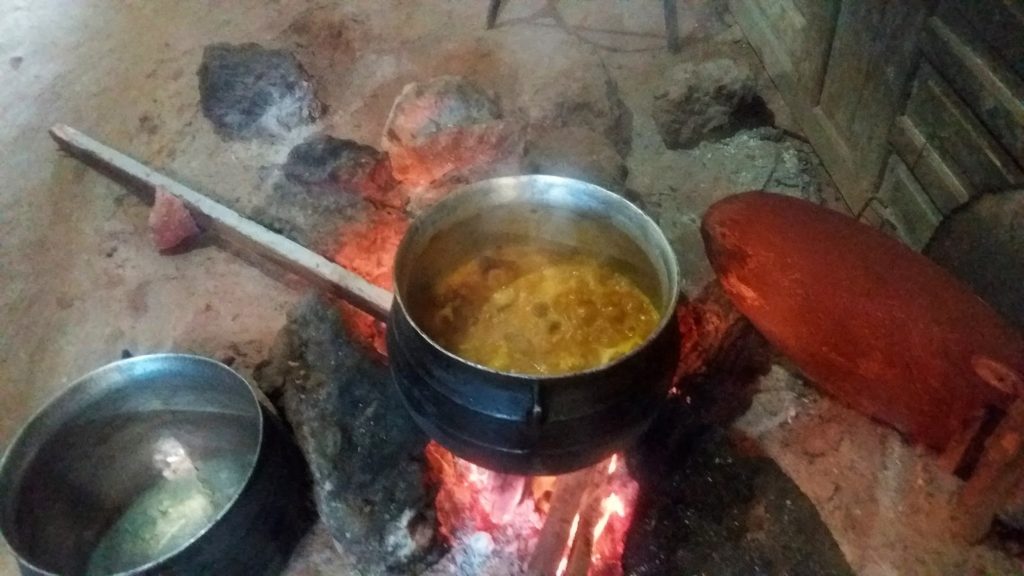
Deities called voduns, who are from five families, dwell in the Casa. “The Casa das Minas (or Querebentã of Zomadonu) has a matriarchal tradition, that is, it is only ruled by women and only women can be possessed by the voduns (men can only participate in the cult by playing the liturgical musical instruments).” The priestesses (vodunsi) were called pretas minas, so although the worship of voduns is of Jeje origin, it also ended up being called Tambor de Mina.
Nowadays, the religion is extinct, but the lady who received me, dona Socorro, and her husband, Euzébio, grandson of Dona Amélia (one of the last vodunsis), take on the obligations of the Casa, which last all year.
For example, on Saint Peter’s Day, according to dona Socorro approximately 25 Bois come to dance at the Casa. – “Where to get food for all these people? The State doesn’t help, although the Casa has been protected by the Iphan (the National Historic and Artistic Heritage Institute) since 2002”. She also tells me that when the Bois were forbidden to dance in the street (probably during the military dictatorship), they came during Saint Peter’s Day and danced, half hidden, in the backyard. The Casa is a site of a resistance that spans approximately two centuries.
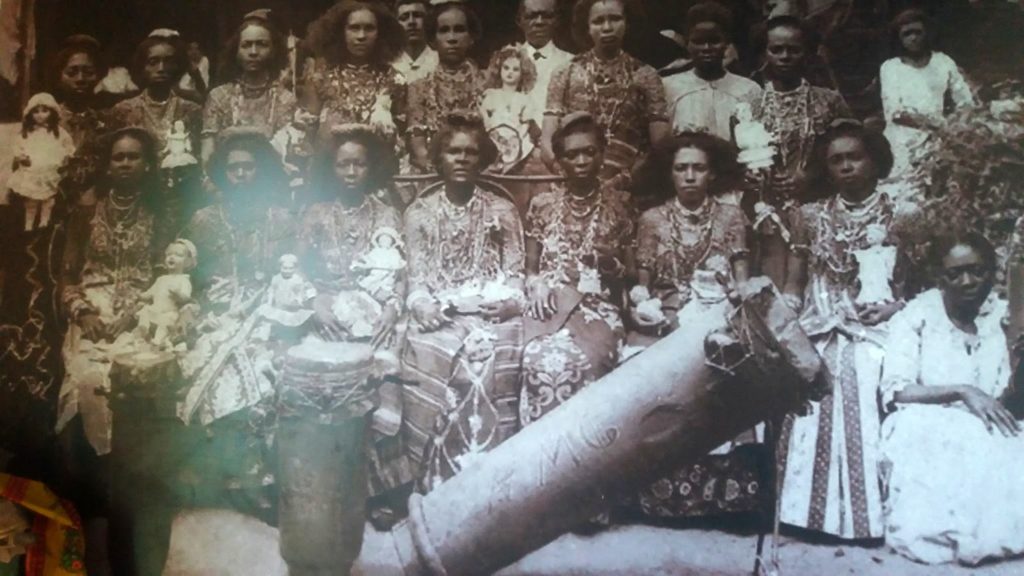
There is a kind of agreement between the voduns and the entities/deities of other cults of African origin that do not manifest themselves in the Casa das Minas. There are no statues or images, except those on an altar, which serve the fulfilment of the obligation of the moment. Apart from that, there are some photos of the vodunsis and family members and five jars that stay on a parpet in the kitchen. One for each family and always filled with clean, fresh water. In the backyard there is a fenced tree, which is also the vodun’s space. Besides that, there are the famous drums, which according to dona Socorro, came from Daomé, nowadays known as Benin. It is these drums that inspired the title of Josué Montello’s novel “Os tambores de São Luís (The Drums of São Luís)”. Not only did I see the drums but I even sat on the same bench that the main character in the novel, Damião, sat on.
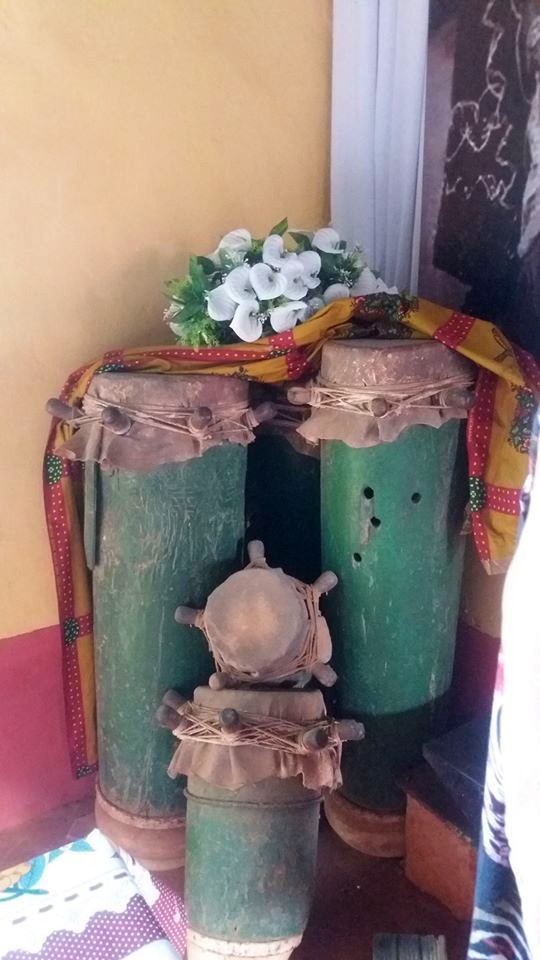
Nobody passes through the Casa das Minas and leaves without a strong impression, no matter if they are religious, agnostic or atheist. And the words that come to me are respect, strength, resistance. The feeling of a knowledge and tradition that somehow remain there. I felt welcomed.
In order to keep it short, I will leave a bit of the history of Donana Jansen, reggae, tambor de crioula, the pilgrimage through museums and churches and, of course, more bars for a next part of the Diaries! On the other hand, I’d like to recommend the novel “The Drums of São Luís” and the lyrics of a fantastic toada, or folk song, by Humberto de Maracanã, praising the Casa das Minas.
Check also:
Reis da Encantaria – Toada de Humberto de Maracanã
About the historical novel “The Drums of São Luís”:
“The writer from the state of Maranhão presents the whole saga of the Black man, from his African origins, his voyage on the slave ships, to his arrival on our land.
‘The Drums of São Luís’, whose narrative takes place during one night and a few hours of the next morning, tells, in an epic tone, a story of three centuries of struggles and insurrections”.
Your donation can impact the world positively!
Subscribe to receive our Newsletter!
Find us also at Linkedin, Facebook, Twitter
or Instagram
www.meli-bees.org
❤️

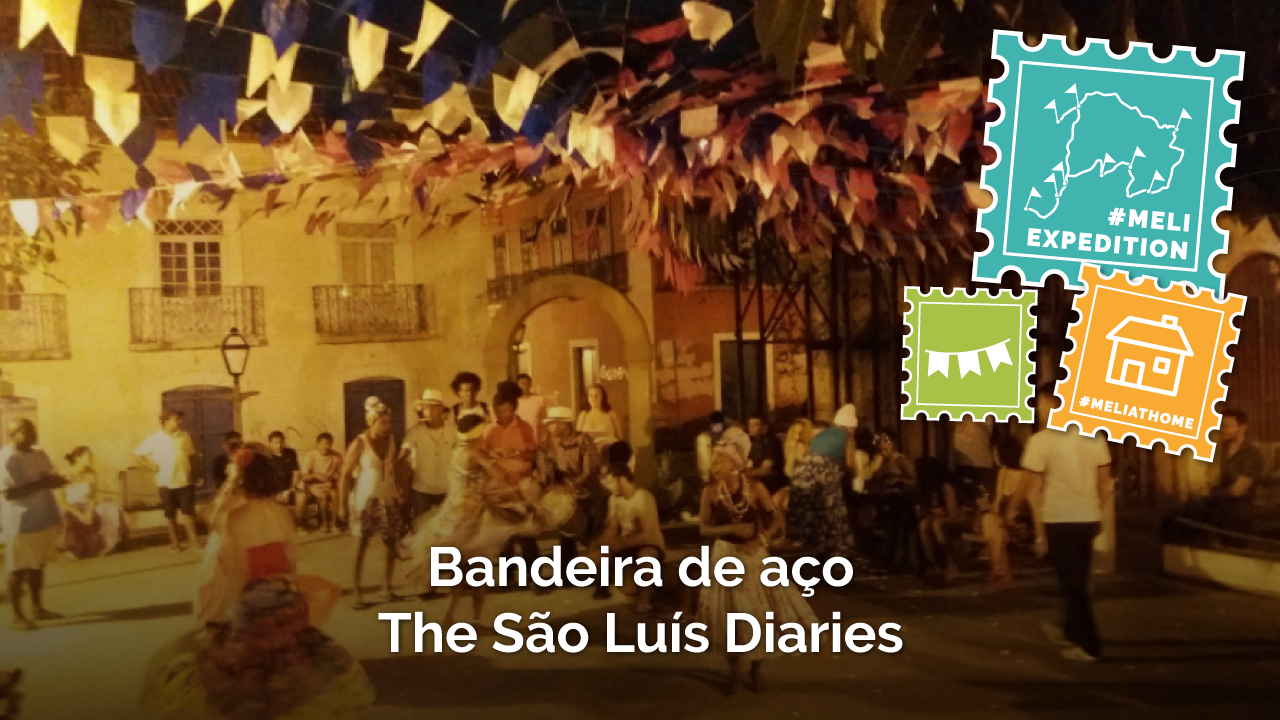
2 Replies to “Bandeira de Aço – The São Luís Diaries”